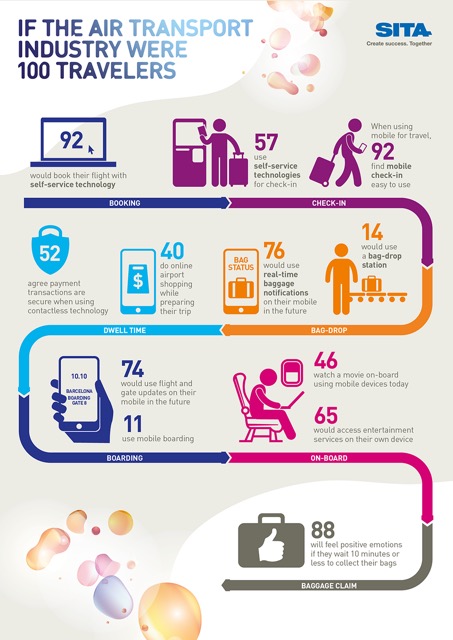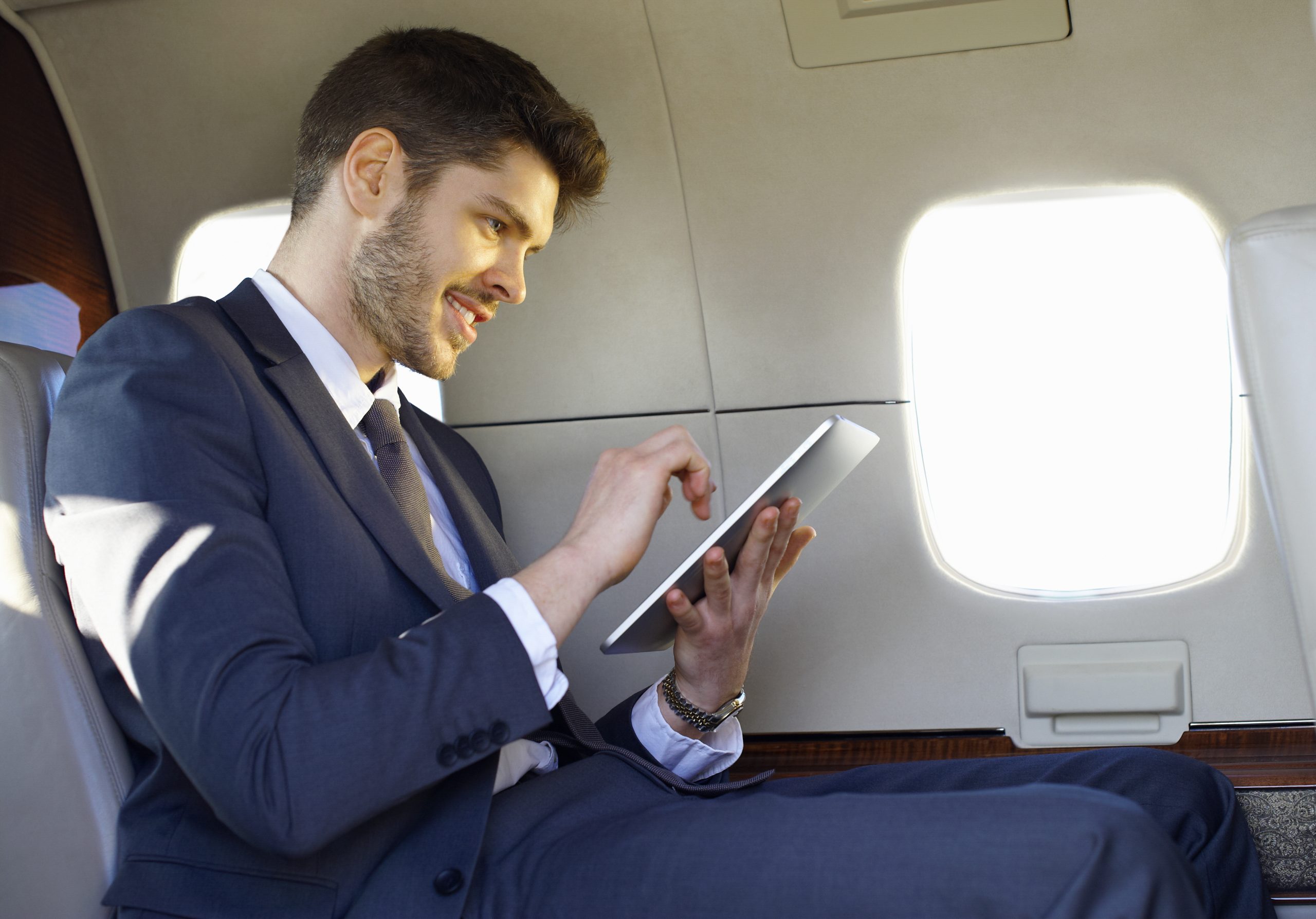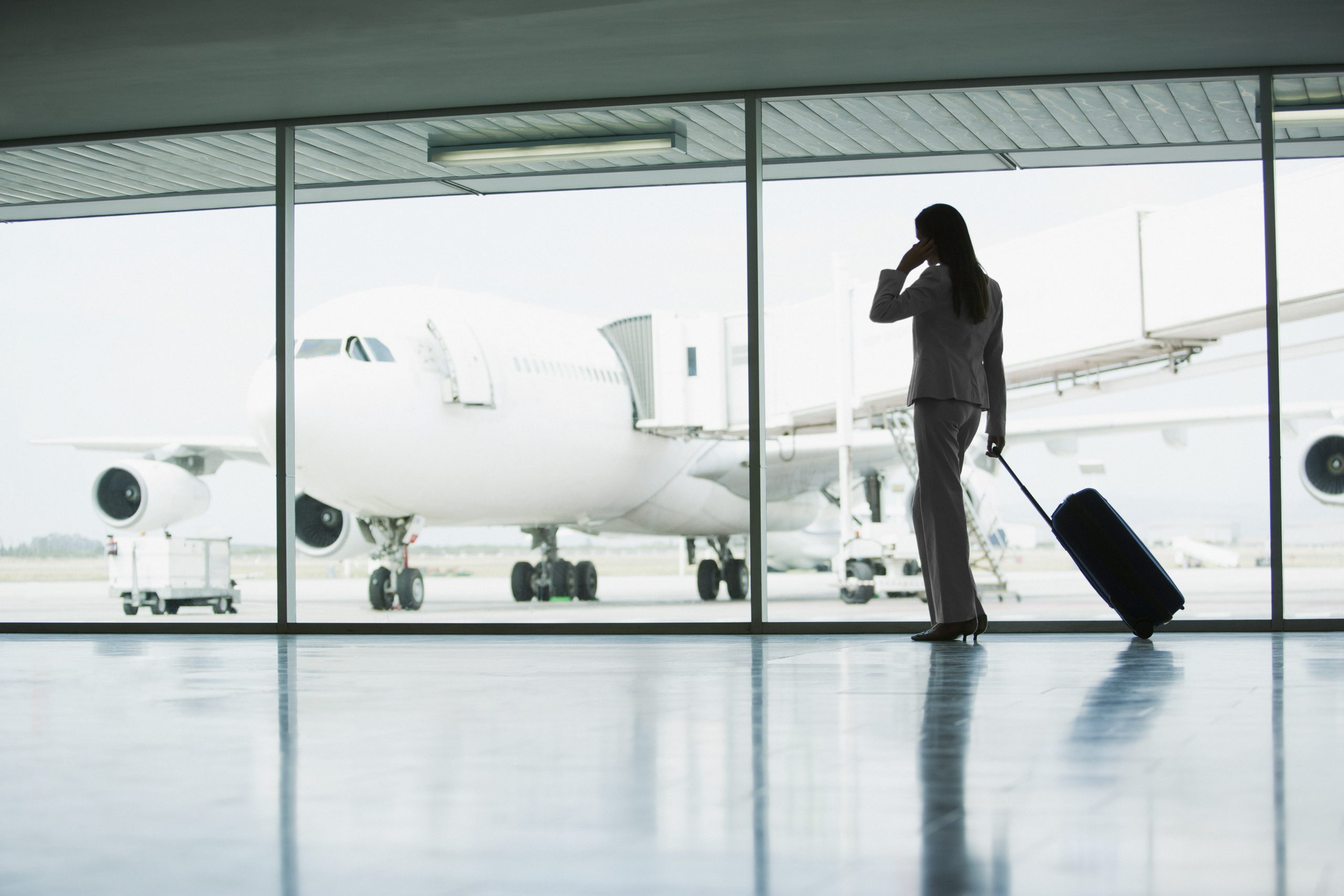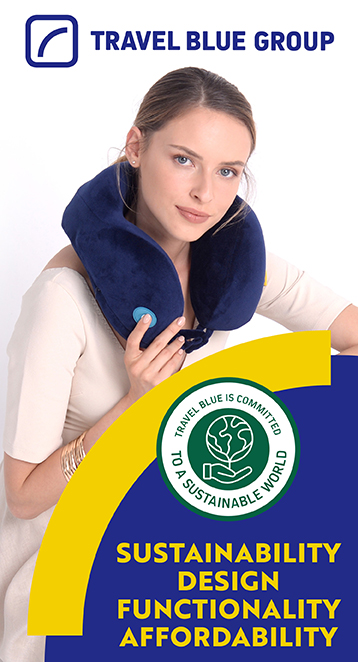
The Moodie Davitt Report presents the second part of a regular new column called The Digital Conversation in association with Shiseido Travel Retail.
INTERNATIONAL. Airline passengers are so comfortable with technology that they are choosing to use it rather than interacting with people, according to a global survey.
The 2016 SITA Passenger IT Trends Survey also showed that different passenger profiles interact with technology in different ways, meaning that a variety of approaches are needed.

The survey was conducted by IT provider SITA and co-sponsored by trade magazine Air Transport World. It showed that 85% of passengers asked had a positive travel experience, up from 80% last year. SITA noted that passengers are happier at the steps of the journey where they have more choice and control in how they manage their trip. At booking, which they can do online, using a mobile or with an agent, 93% had a positive experience.
SITA also found that while 92% of passengers are happy during dwell time at the airport, providing poor quality services like food, entertainment and shopping is worse than not providing any.
Passengers indicated in the survey that they want more mobile services, and baggage notifications are a top priority.
Importantly for travel retail, SITA said the survey showed that passengers would like to complete more of the mundane processing steps before they reach the airport, so that they are more relaxed when they arrive and have more time to use airport amenities.
“Processing steps tend to subtract from the passenger’s airport experience and many airlines and airports are focused on introducing technologies, such as bag-drop and passenger flow management,” the report stated. “These help get passengers through to the points in the journey where our survey shows their positive emotions are the highest, such as dwell time and onboard the aircraft.”

Even if passengers are not satisfied with one type of self-service technology they will usually try another rather than revert to human contact, the survey showed. At check-in, 91% of passengers using self-service technology will do so repeatedly.
“Knowing that passengers prefer using their own devices and self-service technology throughout the journey should encourage airlines, airports and government to examine how they can transform the experience at security, border control and baggage collection,” said SITA CEO Francesco Violante.
“The technology is available today and the industry can be confident that it will be welcomed by passengers.”
Writing in the foreword to the survey, Violante stated: “What is clear is that once a passenger starts to use self-service technology, such as kiosks, websites or mobile devices, they have a high propensity to continue using self-service rather than returning to human contact for that step in the journey.”

The SITA survey noted that different types of passengers have their “own travel style and mindset”.
Take part in the great travel retail Digital Conversation We welcome contributions from both industry and external perspectives. Please send your views, videos and case studies to Martin@MoodieDavittReport.com headed ‘The Digital Conversation’ |
“New consumer technologies added to traditional channels are allowing the different traveller profiles to customise their journey with a ‘pick and mix’ of the options available to them,” it stated. “Understanding those individual customers’ preferences is essential to delivering personalised services and targeted offerings.
“For travel providers, it means a one-size-fits-all approach to passengers risks alienating some types. Conversely those travel providers willing to provide channel choice at the different travel steps are likely to see significantly higher levels of satisfaction among their passengers.”
Indeed, while 55% of passengers use some self-service technology on their journey, an end-to-end self-service journey is not yet widespread, SITA said.

More than 9,000 passengers from 19 countries across the Americas, Asia, Europe, the Middle East and Africa participated in the SITA survey, which can be downloaded here.












